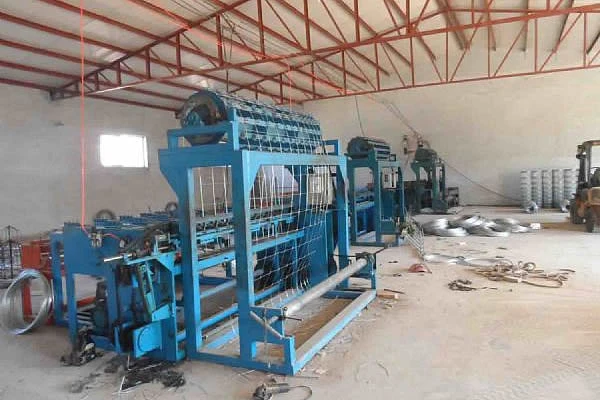When it comes to selecting the right soldering iron wire, understanding the pricing structure can greatly impact your purchasing decision, especially if you're looking for quality and value that align with your project requirements. As an experienced technician and industry expert, having spent over a decade working with numerous electronic soldering techniques, I’ve gathered insights that can help guide you in making an informed choice about soldering iron wire investments.

Soldering iron wire is a critical component in electronics due to its role in facilitating effective electrical connections between components. The pricing of soldering iron wire typically varies based on composition, diameter, brand, and intended application. Here's a comprehensive breakdown of these factors that influence cost and why paying attention to these elements is essential for every electronics professional or hobbyist.
Firstly, let’s delve into the composition. Solder wire can be divided into two main types leaded and lead-free. Leaded solder, which comprises tin and lead, is often cheaper than lead-free alternatives. However, due to environmental and health considerations, many manufacturers have shifted toward lead-free solder, which predominantly contains a mix of tin, copper, silver, and other metals. Lead-free options generally cost more because they’re more challenging to produce and refine to a standard that offers equivalent performance.

Secondly,
the diameter of the solder wire impacts its price. Thicker wires may seem like a bulkier purchase, but they often provide better heat conductivity, making them appropriate for larger connections or industrial applications. Conversely, finer wires offer precision and control that are ideal for small electronic components and intricate soldering tasks. While finer wires might be more expensive on a per-meter basis, they offer superior value in terms of precision and minimal heaping, ultimately reducing waste and improving efficiency.
soldering iron wire price
Brand reputation also plays a significant role in the pricing of soldering iron wire. Brands with a long-standing history of quality and reliability typically charge a premium for their products. Through extensive experience, it’s evident that investing in a recognized brand means less hassle with subpar performance and more consistent results, as these companies invest in rigorous testing and adhere to quality standards. It’s not uncommon to find that leading brands offer superior wire through purer metal content or innovative flux core technology, enhancing solder flow and improving joint quality.
The intended application of the soldering wire can also dictate what type you should purchase, and thus its cost. For general household projects, a standard tin-lead solder might suffice, but specialized applications, like those requiring high thermal or electrical conductivity, may necessitate a more expensive wire. For instance, wires designed for aerospace or medical equipment need to meet stringent safety and reliability criteria, and therefore carry higher price tags due to specialized materials and manufacturing processes.
When navigating online pricing, it's crucial to consider the authenticity of the product. As an authoritative voice in the electronics field, I cannot stress enough the importance of purchasing from reputable sources. Counterfeit or low-quality solder wire may mimic more expensive options in appearance but often fail in performance, risking damage to components or the need for reworks, resulting in higher overall costs.
In conclusion, while the price of soldering iron wire might seem straightforward, understanding the nuances behind composition, diameter, brand, and application ensures you select the right product without overspending. By assessing these factors carefully, you not only optimize your expenditure but also enhance the quality and longevity of your soldered joints, making your projects successful and sustainable over the long term. Investing in quality solder wire, therefore, is less about immediate savings and more about long-term reliability and performance, fostering trust in your craft and yielding projects you can be proud of.
 TEL:
+86-13102802206
TEL:
+86-13102802206
 Email:
fencenetting@china.com
Email:
fencenetting@china.com
 Language
Language
 TEL:
+86-13102802206
TEL:
+86-13102802206
 Email:
fencenetting@china.com
Email:
fencenetting@china.com
 Language
Language



